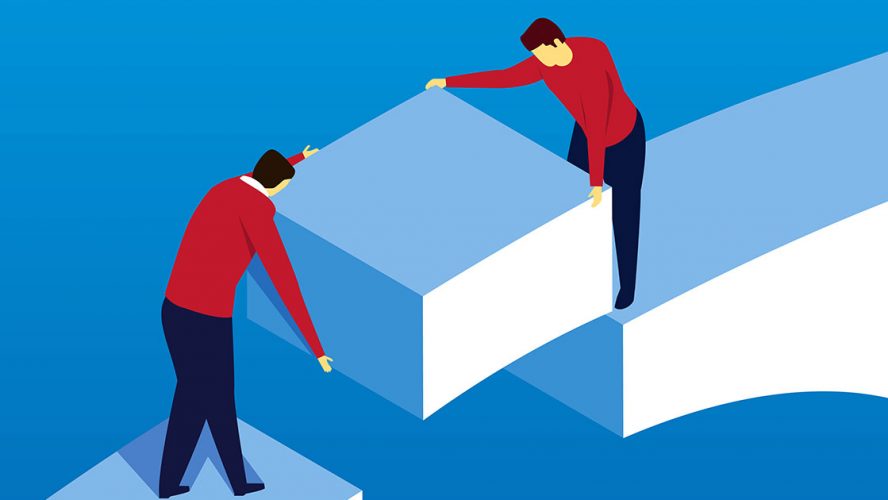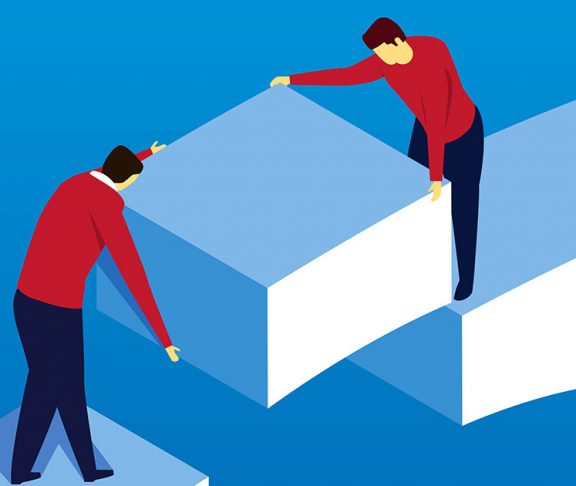An often-underrated part of a healthcare team, a medical interpreter can improve the quality of care provided to immigrant and refugee populations.
Though culturally appropriate healthcare has always been essential for many immigrant and refugee populations, COVID-19 has made the ability to respond to their diverse needs a life-or-death provision.
Preliminary data shows that the impact of the virus on these communities has been especially hard. In fact, the most documented statistics focus on the Latinx community. The reality for the 8.3 million undocumented immigrants and refugees, of which only 16 percent is Latinx, is that: one in three people does not have health insurance; many hold a job that does not qualify for stay-at-home orders; and, their housing and transportation options make it difficult to engage in social distancing.
Further, in addition to these everyday challenges, a weak patient-provider relationship resulting from language barriers leads to lack of trust, which plays a major role with immigrant populations’ willingness to adopt healthcare preventive behaviors and follow through with continuity of care.
Interpreting the gap
Rosanna Balistreri, president of the National Council on Interpreting in Health Care shares that “patients’ perceptions on the quality of care that they receive is strongly based on the type of interactions they experience with their healthcare providers. Research shows that there is a strict correlation between effective communication and health outcome. Since communication is the first tool that medical providers rely on for diagnosis and treatment, its failure will also risk the entire healthcare platform.”
For this reason, qualified, trained, and competent medical interpreters are at the heart of quality of care for deaf patients or those with limited English proficiency. These professionals are an essential part of the healthcare team, bridging the linguistic and cultural gap that may exist between patients, family members, care takers, and healthcare providers.

